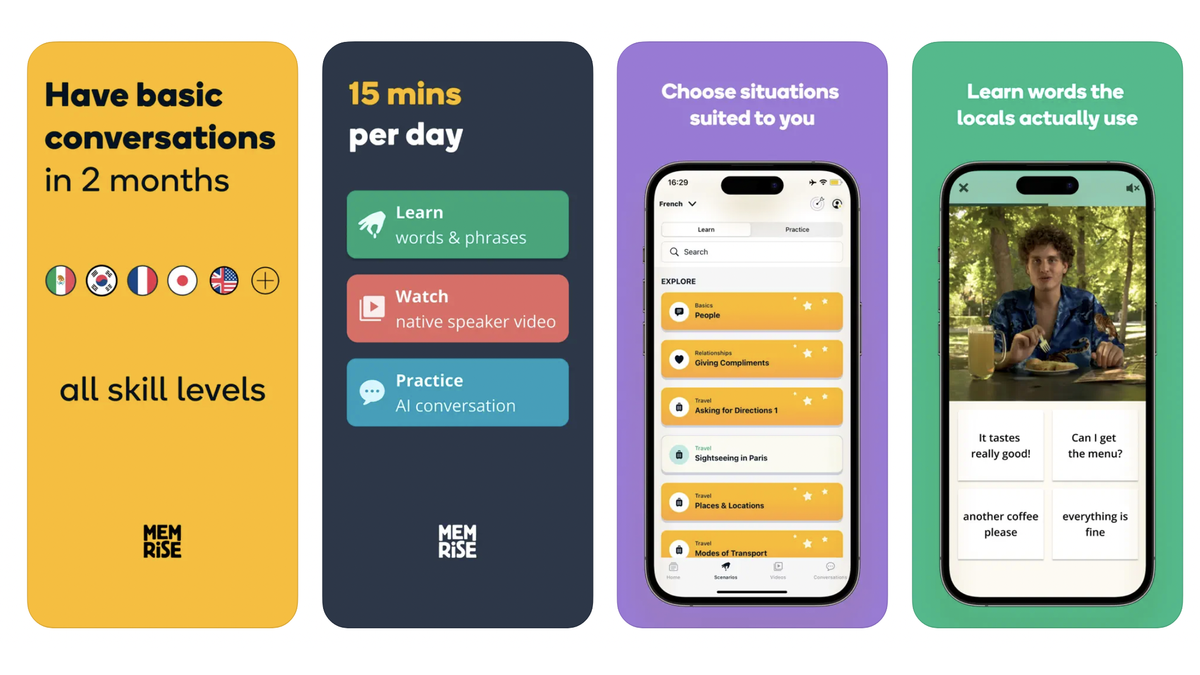Why is India Not Able to Develop World Class Gaming Apps
Unraveling the Puzzle: Challenges Hindering India’s Development of World-Class Gaming Apps
India, with its burgeoning tech talent and vast market potential, seems poised to become a powerhouse in the global gaming industry. However, despite the rapid growth of its gaming market, the country has yet to produce world-class gaming apps that can compete on the global stage. Unraveling the reasons behind this phenomenon reveals a complex web of challenges that hinder India’s ability to develop top-tier gaming applications.
1. Infrastructure Limitations:
One of the primary challenges faced by Indian game developers is the lack of robust infrastructure necessary for creating and distributing high-quality gaming content. While India has made significant strides in improving its digital infrastructure in recent years, issues such as unreliable internet connectivity, limited access to cutting-edge hardware, and inadequate distribution channels continue to hamper the development and dissemination of gaming apps.
2. Talent Shortage and Skill Gap:
Despite being home to a vast pool of technical talent, India faces a significant shortage of skilled professionals specializing in game development. The complex nature of game design and development requires expertise in various disciplines, including programming, art, animation, and game mechanics. While some Indian developers excel in specific areas, there remains a lack of holistic skill sets needed to create world-class gaming experiences.
3, Funding and Investment Challenges:
Securing adequate funding is a common hurdle for Indian game developers looking to embark on ambitious projects. While the gaming industry in India has attracted investment in recent years, funding opportunities for early-stage startups and indie developers are still limited compared to more established markets. Additionally, risk-averse investors may be hesitant to back gaming ventures due to uncertainties surrounding market demand and monetization strategies.
4. Monetization and Market Dynamics:
Monetizing gaming apps presents unique challenges in the Indian market, where consumer spending habits and preferences differ from those in other regions. While the prevalence of free-to-play models and in-app purchases has gained traction globally, cultural factors, economic disparities, and payment infrastructure limitations in India can impede monetization efforts. Moreover, navigating the competitive landscape and standing out among a sea of gaming apps requires strategic marketing and distribution strategies.
5. Regulatory and Policy Constraints:
Regulatory hurdles and policy constraints pose additional barriers to the growth of the gaming industry in India. Uncertainties surrounding taxation, content regulations, and intellectual property rights can deter both domestic and international developers from investing in the Indian market. Furthermore, the lack of a comprehensive framework for supporting and incentivizing game development hampers innovation and creativity within the industry.
Despite these challenges, there are promising signs of progress and potential solutions that could propel India towards developing world-class gaming apps such as:
1. Investment in Infrastructure:
Continued investments in digital infrastructure, including broadband connectivity, cloud computing resources, and mobile technology, can empower Indian game developers to create and distribute high-quality gaming content.
2. Skill Development Initiatives:
Initiatives aimed at fostering talent development and bridging the skill gap in game development can help cultivate a vibrant ecosystem of skilled professionals capable of creating world-class gaming experiences.
3. Access to Funding and Support:
Increasing access to funding through government grants, venture capital, and angel investors, coupled with mentorship programs and incubation support, can nurture a thriving ecosystem of game developers and startups in India.
4. Adaptation and Innovation:
Indian game developers must adapt to the unique characteristics of the local market while embracing innovation and creativity in game design, storytelling, and gameplay mechanics to capture the attention of global audiences.
5. Advocacy and Policy Reform:
Advocacy efforts aimed at advocating for favorable regulatory frameworks, tax incentives, and policy reforms can create a conducive environment for the growth and expansion of the gaming industry in India.
Conclusion:
In conclusion, while India faces formidable challenges in developing world-class gaming apps, the country possesses immense potential and opportunities for growth in the global gaming market.


























